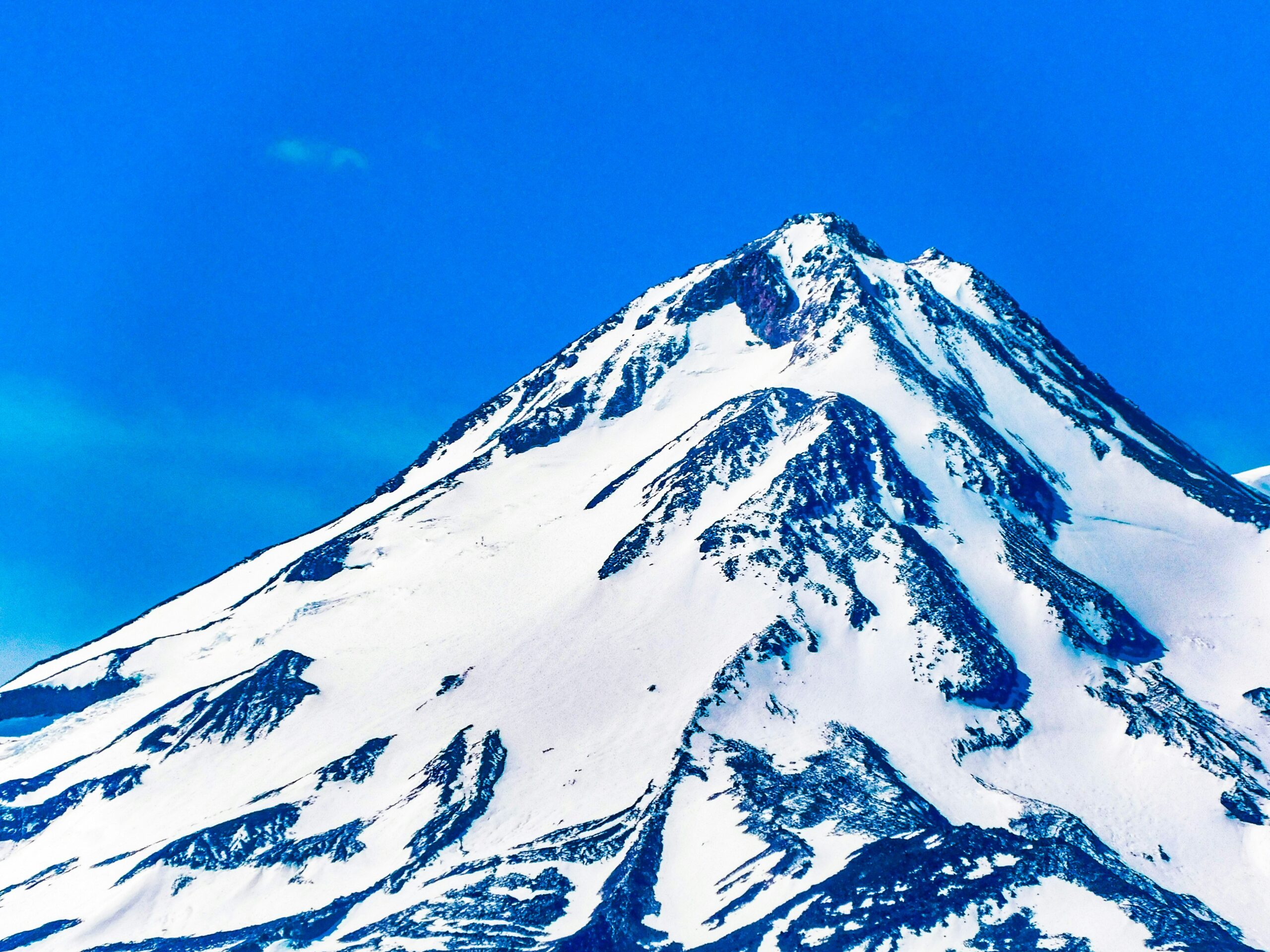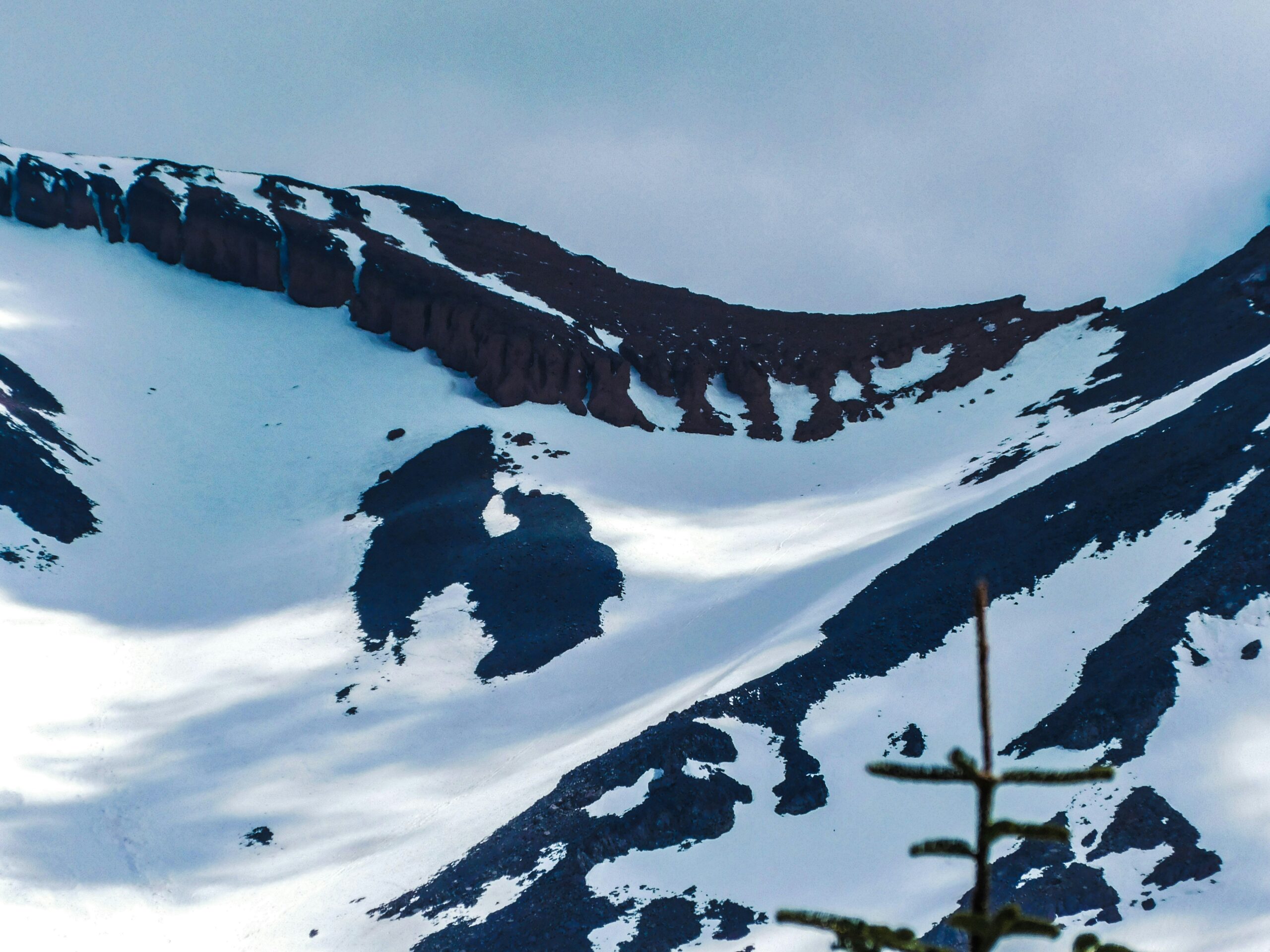Imagine standing at the base of the majestic Mount Shasta, gazing up at its towering peak. As you contemplate embarking on an adventure to conquer this iconic mountain, a question niggles at the back of your mind: Is there a risk of altitude sickness on Mount Shasta? With its summit reaching an awe-inspiring 14,179 feet, it's only natural to wonder how your body will fare at such high altitudes. In this article, we will shed light on the potential risks of altitude sickness, providing you with valuable insights to help you prepare for your Mount Shasta expedition.
Understanding Altitude Sickness
Altitude sickness, also known as acute mountain sickness (AMS), is a condition that can occur when you ascend to high altitudes too quickly. The basic concept of altitude sickness is that as you go higher in altitude, the air becomes thinner and the oxygen levels decrease, making it harder for your body to function properly.
There are different types of altitude sickness that can occur at high altitudes. These include AMS, high altitude cerebral edema (HACE), and high altitude pulmonary edema (HAPE). AMS is the mildest form of altitude sickness and can cause symptoms such as headache, dizziness, nausea, and fatigue. HACE is a more severe form of altitude sickness that affects the brain and can lead to confusion, hallucinations, and difficulty walking. HAPE is a condition where the lungs fill with fluid, resulting in symptoms such as shortness of breath, coughing, and chest tightness.
The altitude affects the body's function in several ways. Firstly, the decreased oxygen levels at higher altitudes can lead to hypoxia, a condition where the body tissues do not receive enough oxygen. This can affect the brain, heart, and other vital organs. Secondly, the lower air pressure at higher altitudes can cause fluids in the body to evaporate more quickly, leading to dehydration. Lastly, the body needs time to adjust and acclimatize to the change in altitude, and ascending too quickly can prevent this process from happening effectively.
Altitude Sickness Symptoms
The initial symptoms of altitude sickness can include headache, nausea, dizziness, fatigue, and loss of appetite. These symptoms are often mild and can be mistaken for regular fatigue or a headache. However, if not addressed, these symptoms can progress to more advanced stages of altitude sickness, such as HACE or HAPE.
Identifying advanced symptoms leading to HACE or HAPE is crucial for timely medical intervention. Symptoms of HACE may include confusion, difficulty walking, loss of coordination, and changes in behavior. On the other hand, symptoms of HAPE may include shortness of breath, coughing, chest tightness, and a rapid heartbeat. These symptoms indicate a serious condition that requires immediate attention and evacuation from high altitude.
If left untreated, altitude sickness can have long-term effects on the body. It can increase the risk of developing chronic conditions such as pulmonary hypertension and a weakened immune system. Additionally, repeated episodes of altitude sickness can lead to permanent damage to the lungs and brain.

Risk factors for Altitude Sickness
Physical fitness plays a significant role in determining an individual's susceptibility to altitude sickness. People who are generally physically fit have a better ability to acclimatize to higher altitudes compared to those who are less fit. Regular exercise and cardiovascular training can help improve the body's ability to adapt to higher altitudes.
Individual susceptibility to altitude sickness can also be influenced by genetics. Some individuals may inherit genes that make them more prone to developing altitude sickness. This genetic predisposition can affect how well their bodies respond to changes in oxygen levels and pressure at high altitudes.
Existing medical conditions can also increase the risk of altitude sickness. Individuals with underlying heart or lung conditions, such as asthma or chronic obstructive pulmonary disease (COPD), may have a harder time adapting to high altitudes. It is important for individuals with pre-existing conditions to consult a healthcare professional before attempting high-altitude activities.
About Mount Shasta
Mount Shasta is a prominent mountain located in northern California, USA. It is part of the Cascade Range and is known for its beautiful volcanic cone shape. With a summit elevation of 14,180 feet (4,322 meters), Mount Shasta is an attractive destination for climbers and outdoor enthusiasts.
Mount Shasta offers various climbing routes that cater to different skill levels. The most popular routes include the Avalanche Gulch, Clear Creek, and the Whitney Glacier. These routes provide a challenging yet rewarding experience for climbers.
The climate and atmospheric conditions on Mount Shasta can vary depending on the season. During the summer months, the weather is generally mild, with warm temperatures and low precipitation. However, the mountain can experience sudden changes in weather, including snowstorms and strong winds, even during the summer. It is essential for climbers to be prepared for these unpredictable conditions.

Specific Risks on Mount Shasta
Climbing routes on Mount Shasta can have difficult sections that can affect breathing and increase the risk of altitude sickness. The higher the altitude, the thinner the air becomes, making it harder for the body to take in enough oxygen. Sections such as the Red Banks and the Misery Hill can be particularly challenging due to the steepness and elevation gain.
The colder temperatures and stronger winds experienced on Mount Shasta can also pose risks to climbers. Cold temperatures can increase the risk of hypothermia, which can be exacerbated at high altitudes where the body's thermoregulation is already compromised. Strong winds can make climbing more difficult and increase the risk of frostbite and windburn.
The thin air and drastic changes in atmospheric pressure on Mount Shasta can have significant effects on the body. The reduced oxygen levels can cause symptoms of altitude sickness, while the rapid changes in pressure can result in ear and sinus problems. It is crucial for climbers to be aware of these risks and take appropriate precautions.
Reports Of Altitude Sickness On Mount Shasta
There have been previous incidents of altitude sickness reported on Mount Shasta. These incidents range from mild cases of AMS to more severe cases of HACE and HAPE. It is essential for climbers to be aware of these incidents and learn from them to prevent future occurrences.
Data on emergency rescue or medical interventions related to altitude sickness on Mount Shasta is available. These interventions often involve evacuating climbers to lower altitudes for proper medical treatment. It is crucial for climbers to have a plan in place and access to emergency services in case of altitude sickness or other mountain-related emergencies.
Personal accounts from climbers who have experienced altitude sickness on Mount Shasta can provide valuable insights into the symptoms and challenges they faced. These accounts can help other climbers understand the risks and make informed decisions when planning their own expeditions.

Preventing Altitude Sickness
Proper acclimatization is key to preventing altitude sickness. This involves gradually ascending to higher altitudes, allowing the body time to adjust and adapt to the change in oxygen levels and pressure. Climbers should plan for rest days at intermediate altitudes to aid in acclimatization.
There are medications available for the prevention of altitude sickness. These medications, such as acetazolamide, help stimulate breathing and increase oxygen levels in the blood. However, it is important to consult a healthcare professional before taking any medication, as they may have side effects and may not be suitable for everyone.
Oxygen supplements and pressurized tents can also be effective in preventing altitude sickness. By increasing the oxygen levels available to the body, climbers can mitigate the effects of reduced oxygen at high altitudes. Pressurized tents, which mimic lower altitudes, can also aid in acclimatization and reduce the risk of altitude sickness.
Treatment Of Altitude Sickness
In field conditions, diagnosing altitude sickness can be challenging. However, healthcare professionals often rely on a combination of symptoms and a thorough examination to make a diagnosis. If altitude sickness is suspected, immediate descent to lower altitudes is crucial to alleviate symptoms and prevent further complications.
The treatment method for altitude sickness depends on various factors, including the severity of symptoms and the availability of medical resources. Descent to lower altitudes is the most effective treatment for altitude sickness, as it allows the body to regain access to higher oxygen levels. Oxygen supplementation and medications such as dexamethasone can also be used to alleviate symptoms and support the body's recovery.
The success rate of altitude sickness treatments largely depends on the promptness of diagnosis and intervention. Early recognition of symptoms and timely descent can significantly improve the chances of a successful recovery. It is important for climbers to be vigilant and seek medical help when necessary.
Risk Management While Climbing Mount Shasta
Preparing and training before climbing Mount Shasta is essential for risk management. Climbers should engage in physical fitness activities that simulate the demands of high-altitude climbing. This can include cardiovascular training, strength training, and hiking at higher elevations.
Recognizing personal limits and making smart decisions in high altitude is crucial for risk management. It is important to listen to your body and be aware of any signs of altitude sickness. Climbers should be prepared to turn back or descend if necessary, even if it means not reaching the summit. Safety should always be the top priority.
Guiding companies play a significant role in managing risk on Mount Shasta. These companies have experienced guides who are familiar with the mountain and its risks. They provide valuable guidance, support, and safety measures to climbers, enhancing the overall risk management during expeditions.
Ideas for further research
There is always room for more research on altitude sickness, particularly on Mount Shasta. Further studies can focus on factors such as the prevalence and severity of altitude sickness on the mountain, the effectiveness of different prevention strategies, and the long-term impact of altitude sickness on climbers' health. These studies can help provide more comprehensive insights and guidelines for safe climbing practices.
Possible areas to be addressed by future research include the impact of climate change on altitude sickness, the effects of altitude sickness on different age groups and genders, and the psychological factors that may influence a climber's susceptibility to altitude sickness. By expanding the knowledge base on altitude sickness, researchers can contribute to improved prevention strategies and better management of the condition.
There are ongoing studies related to altitude sickness on high peak mountains. Researchers are continuously investigating various aspects of altitude sickness, including its physiological effects, prevention methods, and treatment options. These studies aim to further enhance the understanding of altitude sickness and provide evidence-based recommendations for climbers and mountaineers.
In conclusion, altitude sickness is a significant risk that climbers should be aware of when considering Mount Shasta as a destination. Understanding the definition, types, symptoms, and risk factors associated with altitude sickness is crucial for safe and enjoyable high-altitude experiences. By taking appropriate precautions, monitoring symptoms, and making informed decisions, climbers can mitigate the risks and have a successful ascent on Mount Shasta.
